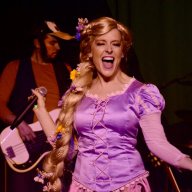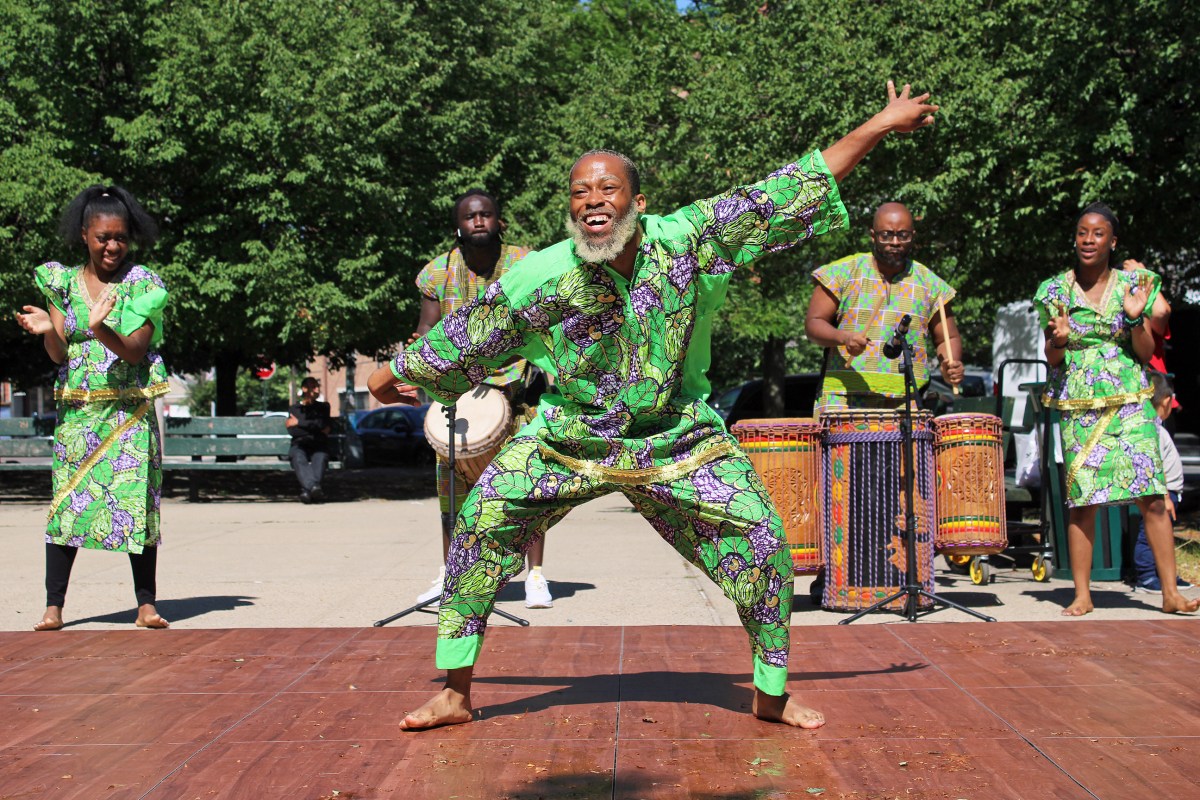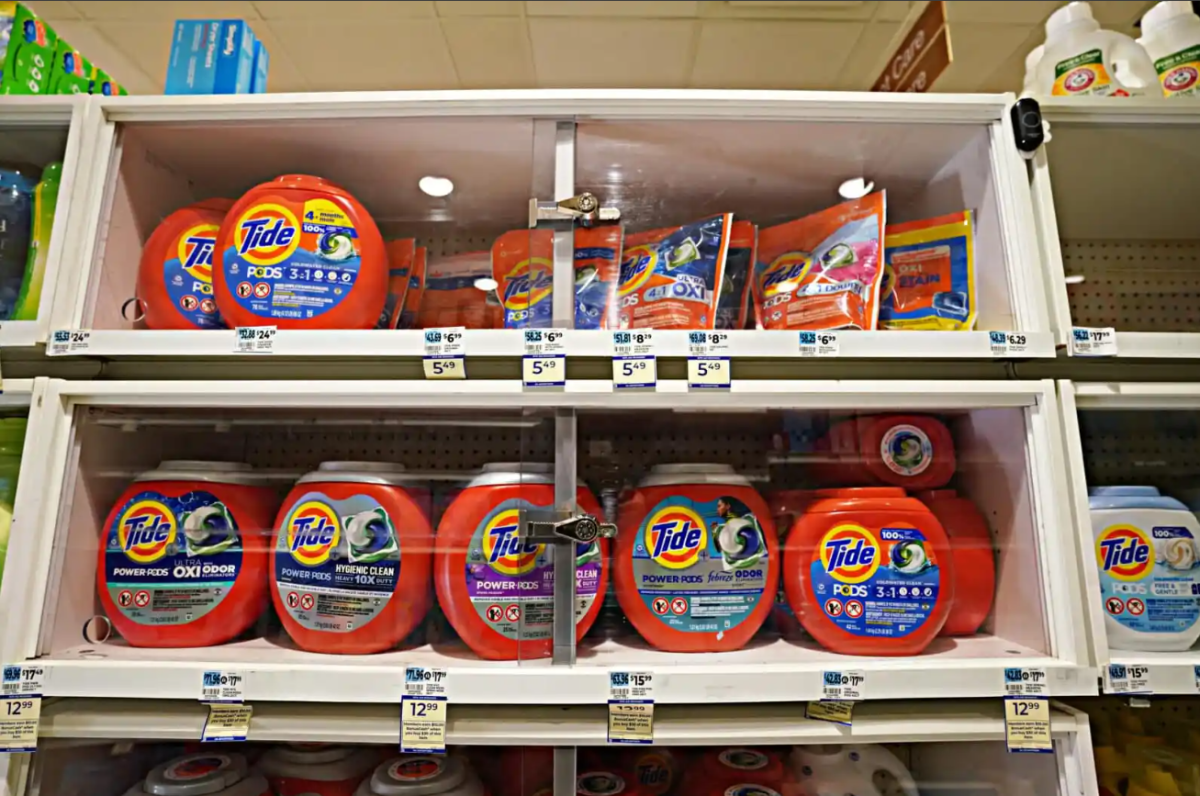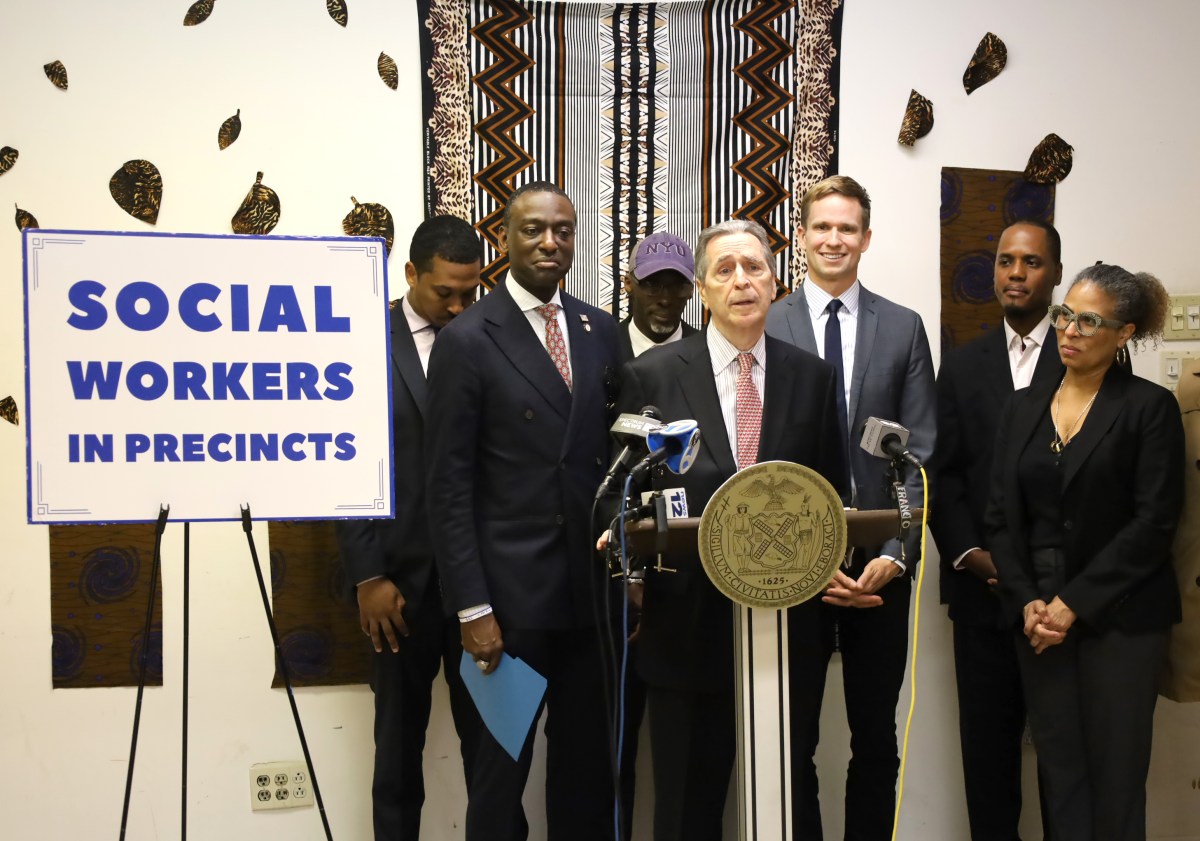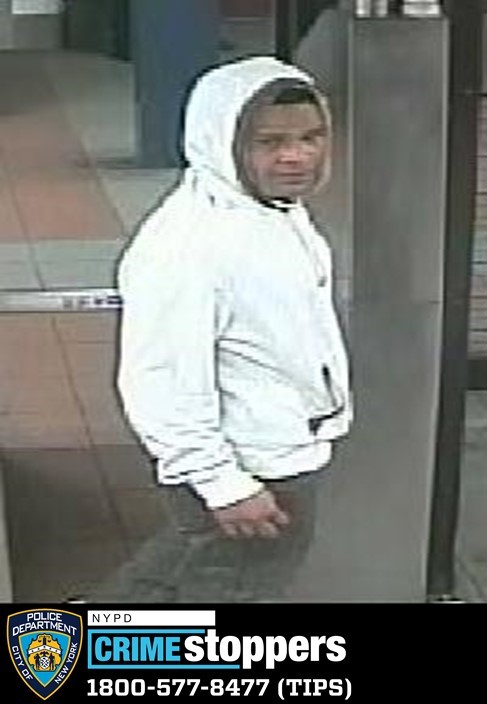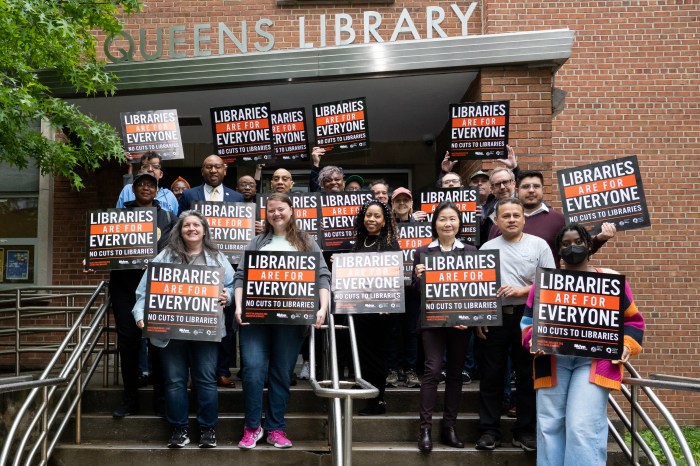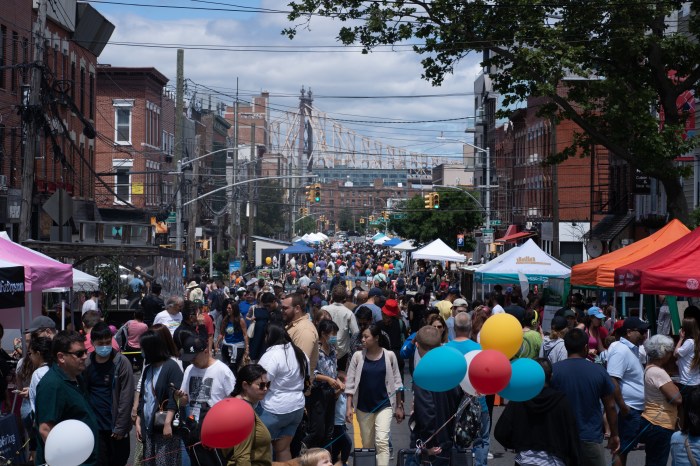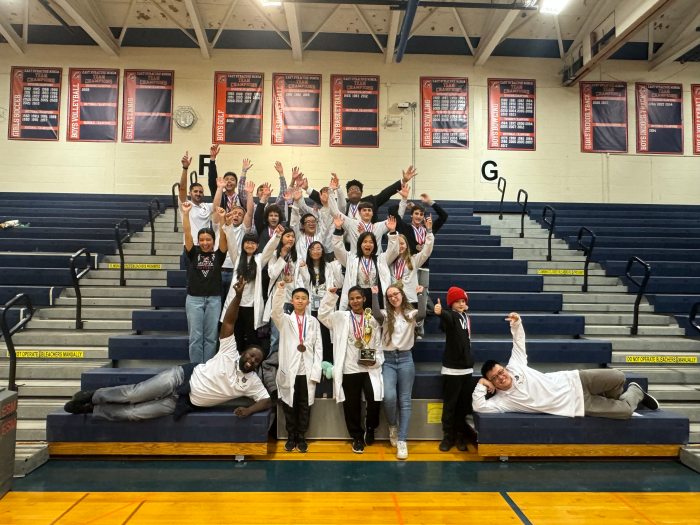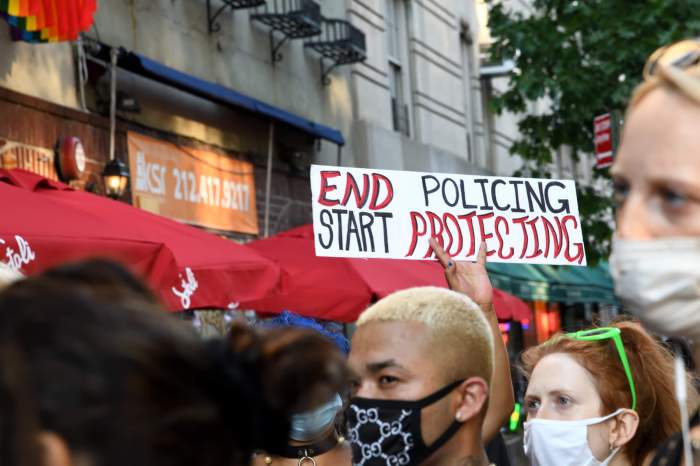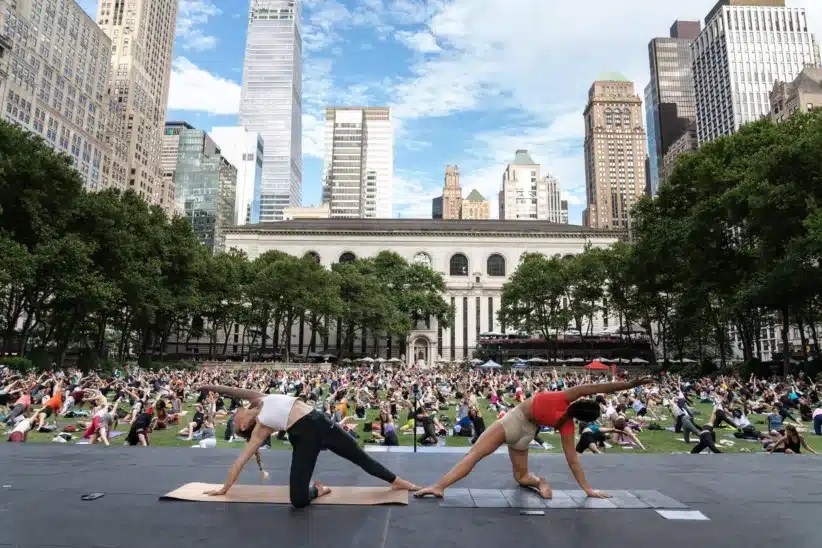In naming the new stadium at the USTA National Tennis Center, Arthur Ashe Stadium, USTA President Harry Marmion said "Arthur Ashe was an outstanding tennis player, but we are naming our new stadium in his honor because Arthur Ashe was the finest human being the sport of tennis has ever known. Arthur was and through the example he set, still is a role model to people throughout the world. It is only fitting that we recognize one of the brightest stars of tenniss past through the facility that will be the focus of tenniss future."
Ashes fame is rooted in his becoming the first U.S.Open mens singles champion in 1968. As such, he was also the first African-American man to win a Grand Slam tournament championship. Ashe won 51 singles and doubles titles during his 12-year pro career, including four other Grand slam tournament championships. He helped the United States win the Davis Cup five times as a player and was the captain of two championship Davis Cup campaigns.
Ashes legacy is his lifetime of selflessness. "1996 would have marked Arthurs 30th year of service to the USTA as a volunteer," Marmion said. "As it was, his 27 years of service were longer than some USTA presidents, including myself. In those 27 years, Arthur was a leader in helping the USTA make tennis accessible to all people. He was still a young man when he co-founded the National Junior Tennis League, the most popular junior program the USTA operates."
In 1987, Ashe was co-chair of the USTA Special Committee on Player Development, which led to the formation of the USTA Player Development department.
Ashes spirit lives on already during the U.S. Open through Arthur Ashe Kids Day, which derived from the Arthur Ashe AIDS Tennis Challenge established by Ashe in 1992, in cooperation with the USTA. The event was the kick-off fundraiser for the Arthur Ashe Foundation for the Defeat of AIDS (now the Arthur Ashe Endowment for the Defeat of AIDS). Ashe contracted the disease from an infected blood transfusion during heart surgery. He died in 1993.
In addition to all he did to develop opportunities in tennis for the disadvantaged (National Junior Tennis League,
Ashe-Bollettieri Cities Tennis Program, Safe Passage Foundation, etc.). Ashe was a world leader for various social causes. He was at the fore of the U.S. anti-apartheid movement, and he was a strong advocate of Haitian rights.
Meanwhile, the stadium that had played host to 19 years of the U.S. Open bears the name of one of the most recognizable figures of this century Louis Armstrong. The great "Satchmo" revolutionized an American art form, jazz, and lived to become an ambassador of goodwill all around the world and one of the most beloved entertainers of all time. And with all of this greatness, he chose to live the better part of his life just a few blocks from the stadium that now bears his name in a modest home in Corona.
Born on the Fourth of July in 1900, he grew up poor but his immense talent catapulted him in the 1920s into fame in America, Europe, Africa and Asia. His wife Lucille had become concerned about his constant traveling and living out of hotels so she decided to buy him a home. She purchased the home while Louis was out of town he deeply opposed the idea. When he returned he phoned Lucille and rode with her to the home, telling her to wait outside while he went into the house.
When his cab pulled up, he tipped the driver $20 and asked him to wait. He got out, looked around, saw that Lucille wasnt outside and finally range the bell. Lucille opened the door: "Welcome home, honey." "This is our home?" "Yes." He walked around, climbed the stairs to the second floor, where the master bedroom and his office were, went up to the attic, then down to the basement, and out to the yard. She had fixed up every room and prepared an elaborate meal.Louis was speechless. He ran out to the cab and invited the driver in for dinner. The three of them ate and drank for three or four hours.
Armstrong came to love the house.
Meanwhile, Satchmo went on touring the world, taking courageous stands for civil rights during the height of racial discrimination in the 1950s and starring in movies and television specials. In 1964 he was the only performer to oust the
Beatles from the number one top hit song with his rendition of "Hello Dolly."
Louis would always return to his home in Queens. When he was much older Lucille wanted to buy a mansion with a pool. Satchmo said "no way." He loved the neighborhood and being close to Shea Stadium and Flushing Meadows-Corona Park. He gave a free performance at the groundbreaking for the new Queens Zoo in the park in 1966.
He died in his beloved home of heart failure on July 6, 1972. He is buried in Flushing Cemetery with a headstone bearing a replica of his trademark horn and handkerchief. Even after his death, a recording of his song "What a Wonderful world" was used in the film "Good Morning Vietnam" and became a number one hit single in 1989.
His Corona home is now a Federal landmark and will soon be operated as a museum.
After his death it was proposed to re-name an arena, left over from the Worlds Fair, the Louis Armstrong Stadium. He had played there in the first concert held at the Fair in 1964.
















